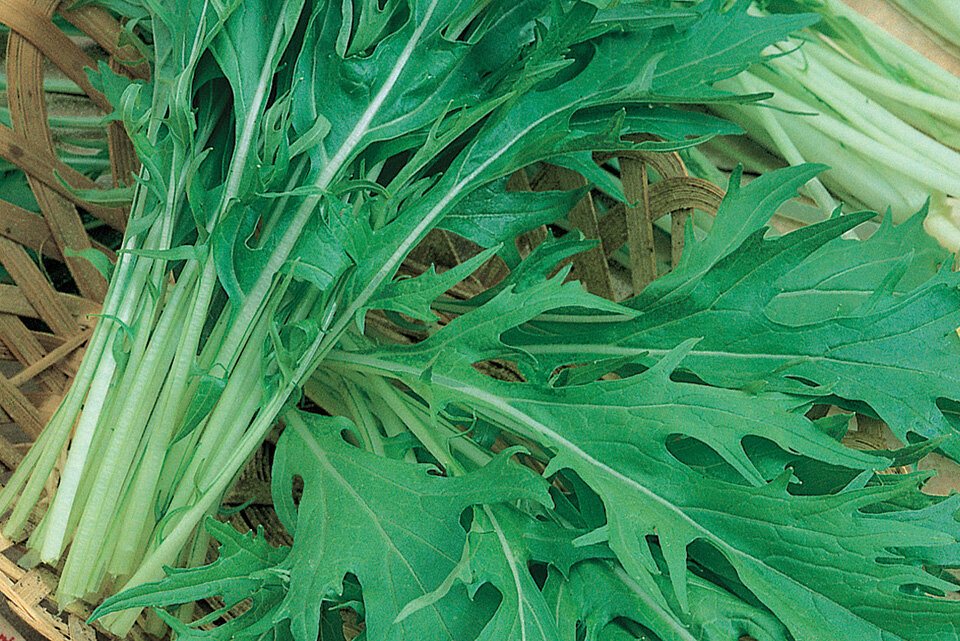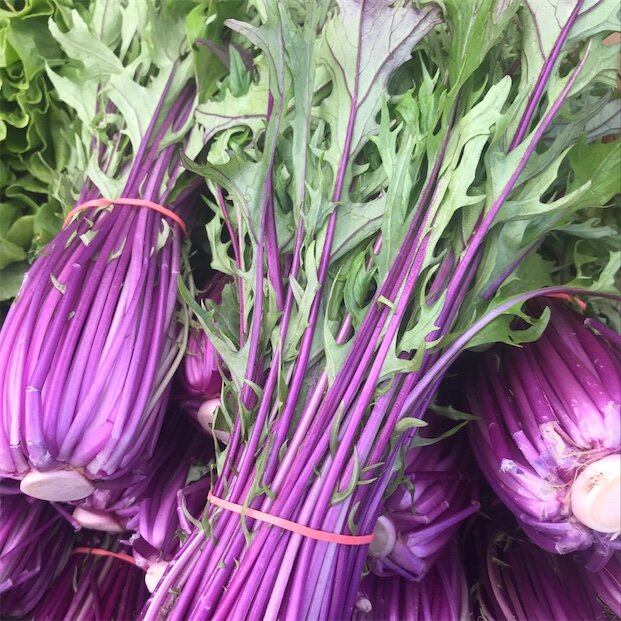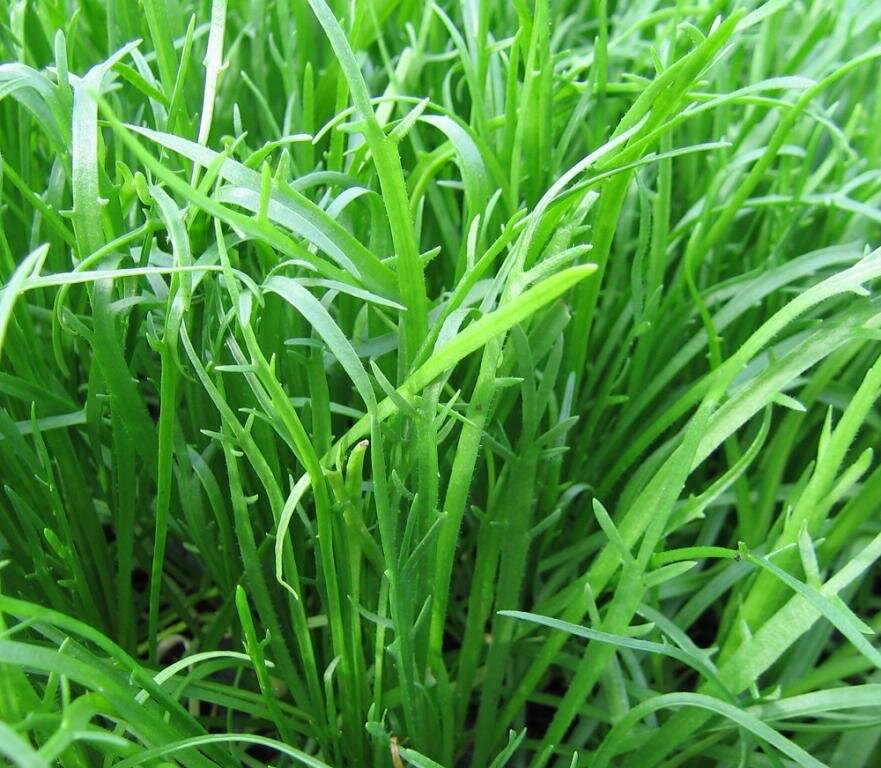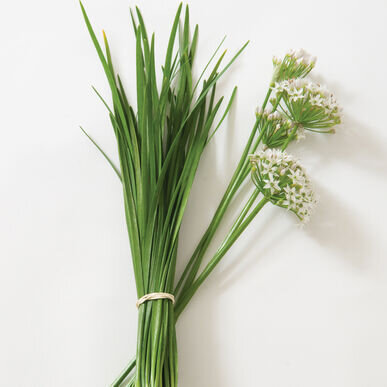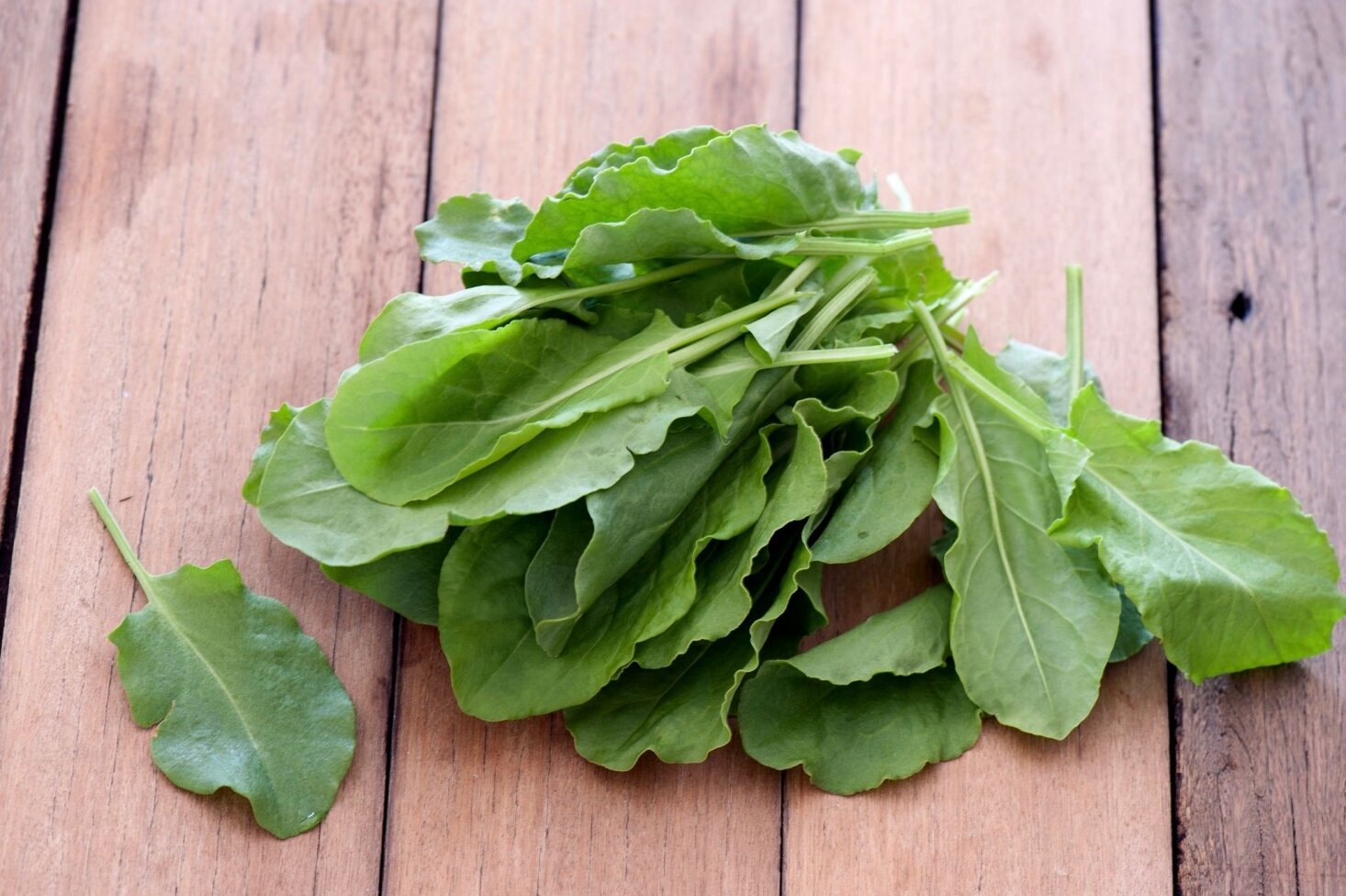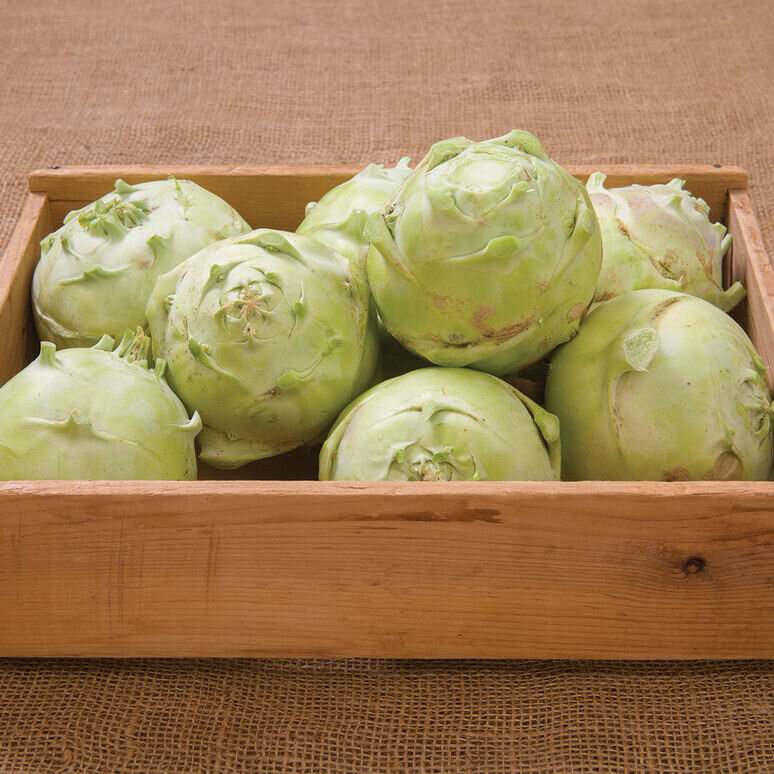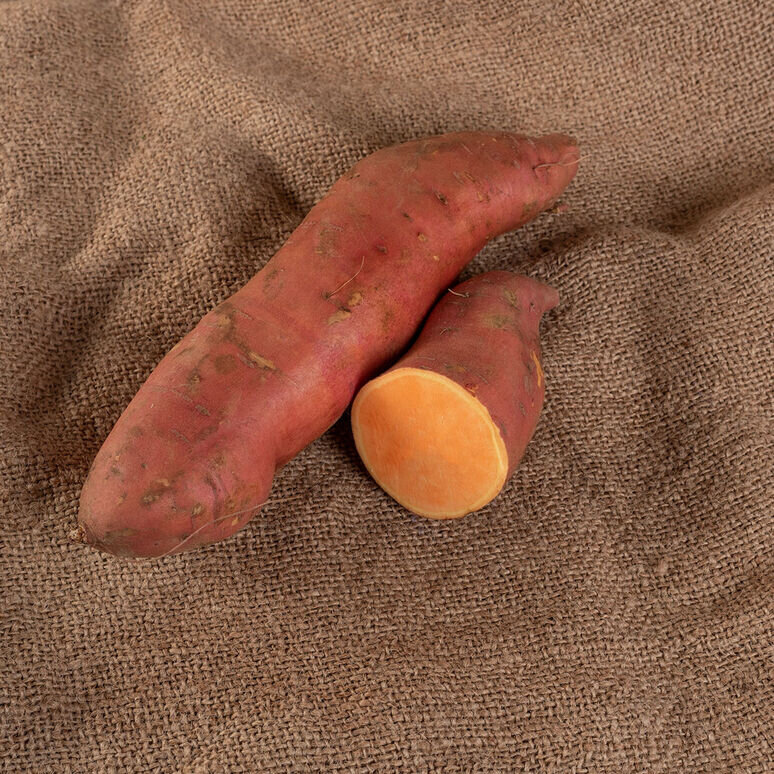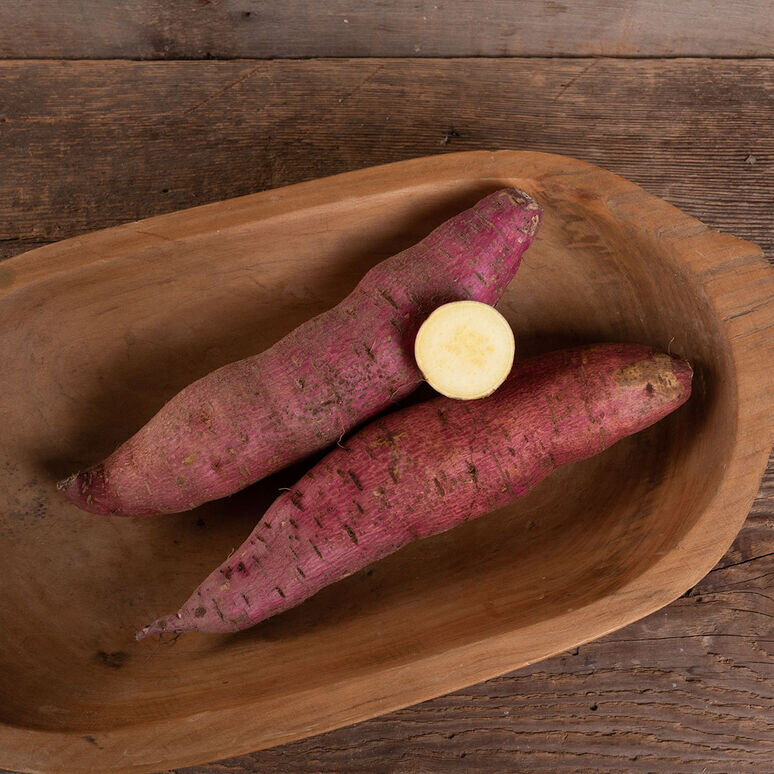Mizuna has dark smooth green leaves with a glossy surface, deeply serrated edges, and a fringed, feathery appearance. The thin, narrow, and white stems are firm and offer a crunchy texture.
Younger plants have mild taste whereas older mature plants can be peppery, piquant, and have a mildly bitter-sweet taste.
High in vitamins A, C, and K, folate, and iron. It is also a source of B-complex vitamins and the essential minerals calcium, magnesium, manganese, potassium, zinc, and selenium.
Best suited for both raw in salads and cooked by steaming, stir-frying, or boiling and adding to soups or sautés.
Pairs well with Parmesan, goat cheese, arugula, spinach, bok choy, mushrooms, garlic, ginger, green onions, parsley, miso soup, chicken noodle soup, noodles, vinaigrette, faro, barley, pork chops, poultry, tofu, pear, pecans, and sauces such as lemon, ponzu, and soy sauce.
Best stored in containers or in bags in the refrigerator.
RECIPES
Simple Mizuna Salad
1 large bunch of mizuna
2-3 radishes, very thinly sliced
2-3 tablespoons extra virgin olive oil
1 tablespoons fresh lemon juice + additional to taste
flakey sea salt
2 Tablespoons sunflower seeds, lightly toasted on the stovetop for a few minutes
a few thin slices of fresh Parmesan cheese (optional)
a few pinches of micro greens (optional)
In a large bowl toss the mizuna with the radishes and drizzle in the olive oil and lemon juice. Toss well. Sprinkle the salad with a few healthy pinches of flakey sea salt, the toasted sunflower seeds, shaved parmesan (if using) and micro greens (if using). Serve immediately. (https://dishingupthedirt.com/recipes/simple-mizuna-salad/)
Mizuna and Minced Chicken Stir Fry
Mizuna, Cheese, and Sausage Sandwich Toast
Vegan Nabe (Hot Pot with Miso)

